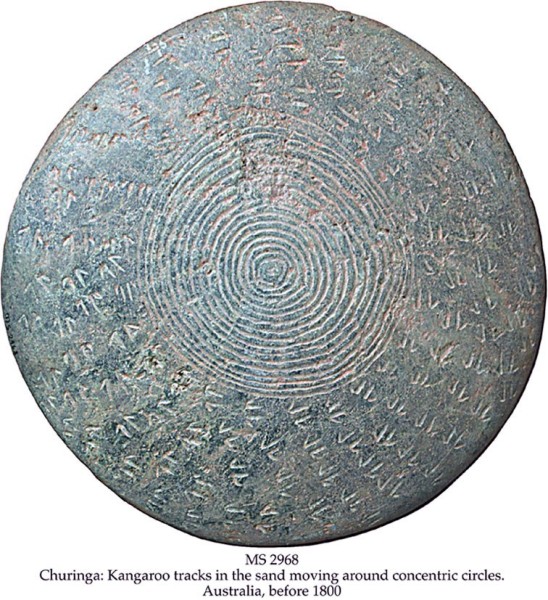Carl Jung Talks about Stones: Ten Quotations

“Many people cannot refrain from picking up stones of a slightly unusual color or shape and keeping them, …. without knowing why they do. It is as if the stone held a mystery in it that fascinates them.
Men have collected stones since the beginning of time and have apparently assumed that certain ones were the containers of the the spirit of the life-force with all its mystery.”
Carl Jung

“The stone symbolized something permanent that can never be lost or dissolved, something eternal that some have compared to the mystical experience of God within one’s own soul.
It symbolizes what is perhaps the simplest and deepest experience, the experience of something eternal that man can have in those moments when he feels immortal and unalterable .”
“Words and paper did not seem real enough to me. To put my fantasies on solid footing, something more was needed. I had to achieve a kind of representation in stone of my innermost thoughts and of the knowledge I had acquired. Put another way, I had to make a confession of faith in stone. That was the beginning of the tower, the house I built for myself at Bollingen.”
Page 212

At Bolligen Jung created a monument out of stone to express what the Tower means to me. On one side, Jung carved in Latin In remembrance of his seventy-fifth birthday, C. G. Jung made and placed this here as a thanks offering in the year 1950. On the side shown in this photograph, Jung created a mandala centered on Telesphorus, the Greek demi-god of healing, surrounded by a Greek inscription, part of which says,

““We know that even unhewn stones had a highly symbolic meaning for ancient and primitive societies.
Rough, natural stones were often believed to be the dwelling places of spirits or gods, and were used in primitive cultures as tombstones, boundary stones, or objects of religious veneration.”
Man and his Symbols

““Very early in history men began trying to express what they felt to be the soul or spirit of a rock by working it into a recognizable form.
In many cases, the form was a more or less definite approximation to the human figure – for instance, the ancient menhirs with their crude outlines of faces, or the hermae that developed out of boundary stones in ancient Greece, or the many primitive stone idols with human features.
The animation of stone must be explained as the projection of a more or less distinct content of the unconscious into the stone .”
Man and his Symbols
““Medieval alchemists, who searched for the secret of matter in a prescientific way, hoping to find God in it, or at least the working of divine activity, believed that this secret was embodied in their famous “philosopher’s stone”. But some of the alchemists dimly perceived that their much-sought-after stone was a symbol of something that can be found only within the psyche of man…… ”
Man and his Symbols
“As scientific understanding has grown, so our world has become dehumanized. Man feels himself isolated in the cosmos, because he is no longer involved in nature and has lost his emotional ‘unconscious identity’ with natural phenomena…
Thunder is no longer the voice of an angry god… No river contains a spirit… no snake the embodiment of wisdom, no mountain cave the home of a great demon. No voices now speak to man from stones, plants and animals, nor does he speak to them thinking they can hear. His contact with nature has gone, and with it has gone the profound emotional energy that this symbolic connection supplied. ”
Carl Jung
The top and bottom borders repeat in Latin the motto he choose for his house “Vocatus atque non vocatus deus aderit” (Called or not called, God will be present).
The right and left sides contain a passage in Latin from St. Paul’s First Epistle to the Corinthians (1 Cor. 15:47): “Primus homo de terra terrenus. ÊSecundus homo de caelo caelestis.” (The first man is of the earth and is earthly. The second man is of heaven and is heavenly).








It is interesting that the final stone shown in this series is a gravestone. When we are no longer here what is it of permanance that we leave behind us to mark that we were here? Is it merely a marker showing where we are buried or is it the ripples of our lives as we have interacted with others spreading out and still making a difference in the ocean of humanity?
This is a beautiful collection of imagery and quotes from Jung.
I like gravestones, because they are rocks. What we leave behind is the mark of our energy on our and other’s souls. Here in the material world, we shape ourselves into what goes on to the next incarnation. We leave our stamp on others’ souls as we interact here. Will you help, will you heal, will you inspire, will you do more for others than yourself? What mark you leave behind is what reverberates through all time with others you meet, and it is yourself that you shape. We are one.
Stones, stoning, stone craft, being stoned, stone cold sober, stone crazy etc. there are many stone references in our western culture. In India devotees worship stones found in sacred places.
I am looking for any photos or information about Jung working through his creative depression by playing with or building little stone structures out of rocks found around his home.
Did I dream or imagine such a thing?
I would appreciate any ideas, input or information anyone might have on the topic.
Thank-you.
Visit Dr. Parker’s property and walk among the stones he has cultivated. Jung would be proud and your soul will be awakened.
The images are not loading? But I love the quotes!!!!!!!